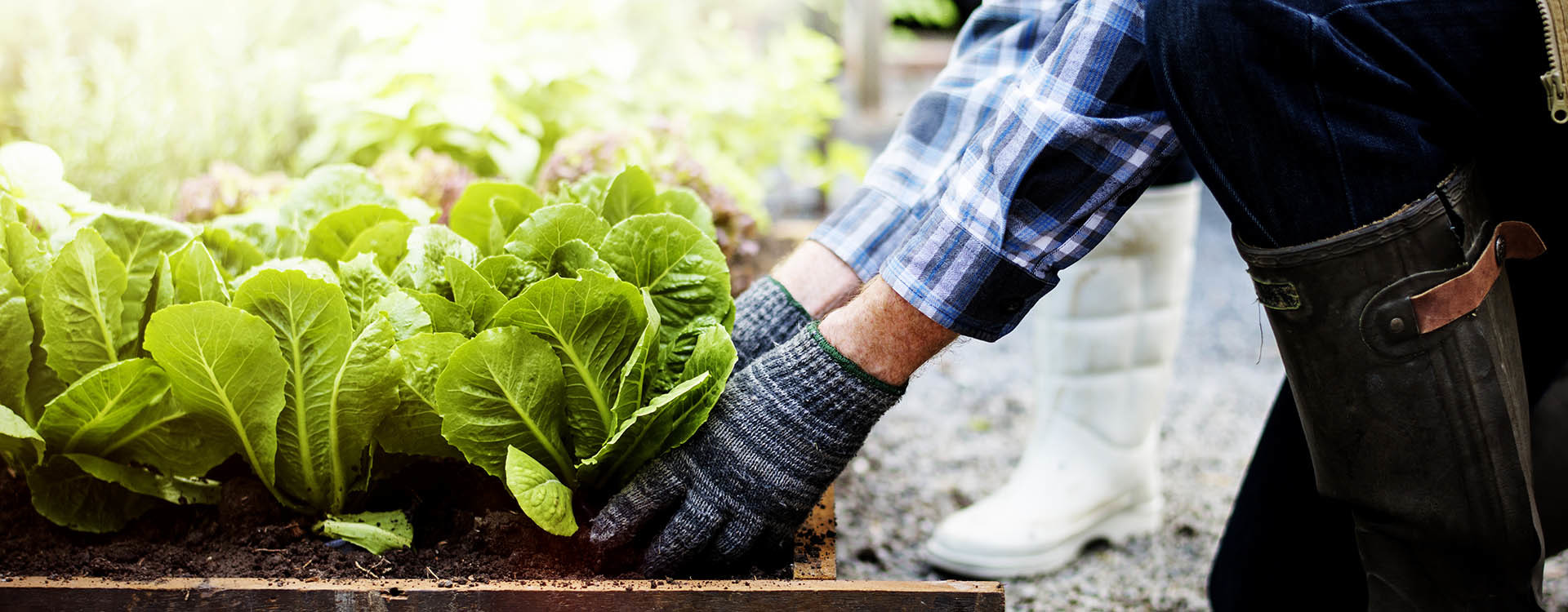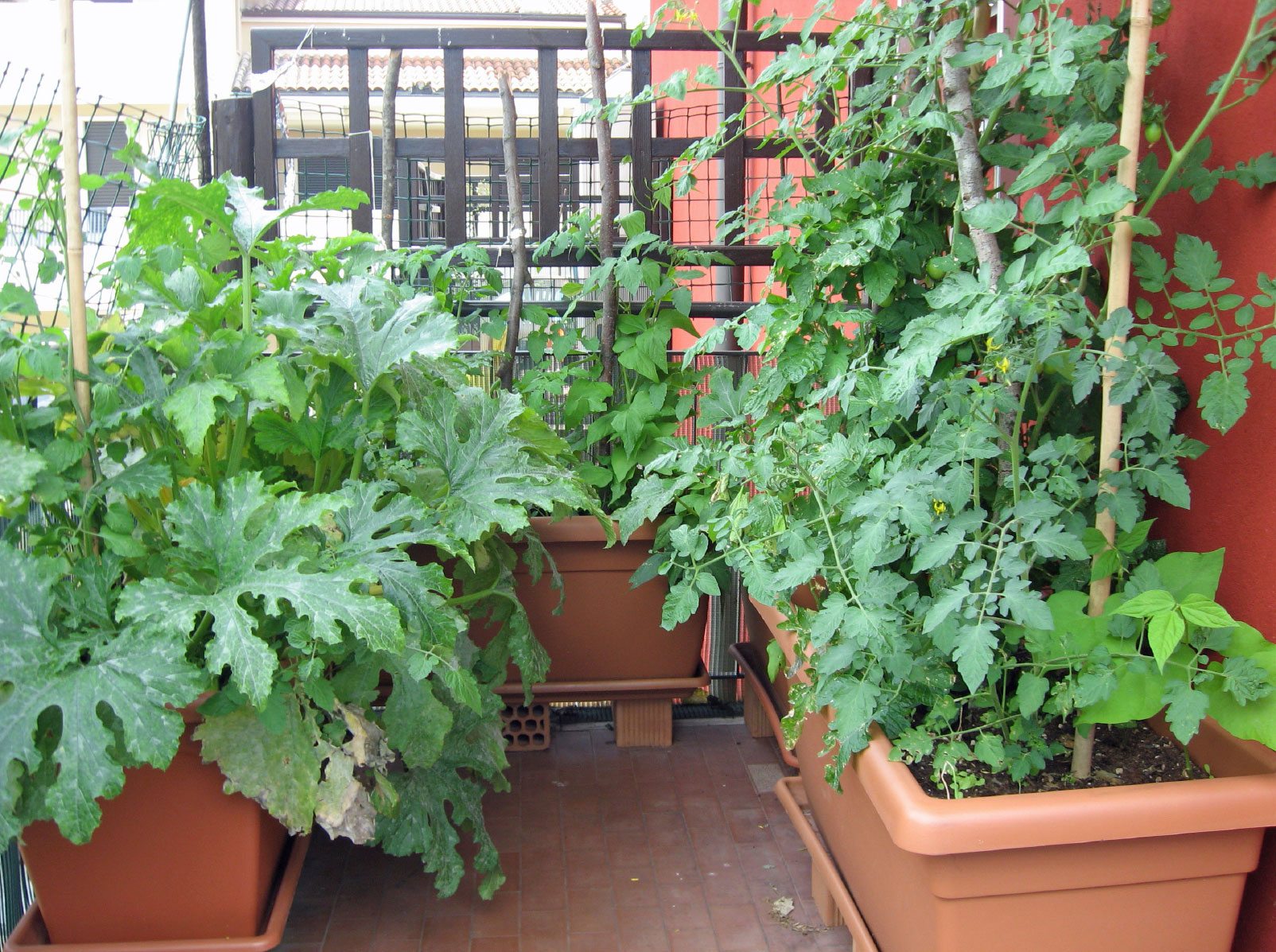The Facts About City Blooming Revealed
The Facts About City Blooming Revealed
Blog Article
City Blooming Can Be Fun For Everyone
Table of ContentsAbout City BloomingHow City Blooming can Save You Time, Stress, and Money.What Does City Blooming Mean?The 2-Minute Rule for City BloomingCity Blooming - Questions
Intrigued in growing food up for sale in the City of Chicago? Thinking of starting a community garden? Changes to the Chicago Zoning Statute allow farming uses like area gardens and urban ranches in numerous components of the city. Below is a checklist of regularly asked concerns regarding the policies and regulations that cultivators should think about when intending an urban farming project.
The zoning amendment does not modify any kind of various other codes dealing with composting, structure licenses, purchasing or leasing City owned building, organization licenses or ecological contamination. There are existing codes that regulate these problems and they stay in complete result and may apply to your job. Area gardens are normally possessed or taken care of by public entities, public organizations or community-based companies and kept by volunteers.
Urban ranches expand food that is meant to be sold, either on a nonprofit or for-profit basis. Because of their business purpose, urban farms call for a business permit. Yes. An area garden is allowed to sell surplus produce that was grown on website if the sales are accessory or subordinate to the garden's key purpose described above.
The Single Strategy To Use For City Blooming
Composting is allowed but just for plant product that is generated and utilized on site. The amount of garden compost material can not surpass 25 cubic lawns at any given time according to the requirements in 7-28-715 of the City's Municipal Code. Yes. Due to the fact that the dirt at many new yard websites requires modifying, compost, soil, timber chips, or other materials can be gotten to create or boost the expanding space - sustainable gardening.

If a structure license is called for then the hoophouse will certainly be considered an accessory structure. You can learn even more regarding the building authorization needs by speaking to the Division of Buildings. The 25,000-square-foot dimension limitation is intended to stop a single neighborhood garden from dominating a given block or interfering with the block's existing household or business character.
The limit does not use to gardens situated in Public Open Space (POS) areas. Can there be more than one area garden that is 25,000 square feet on a solitary block? Secure fencing is not called for, however, yards that have large auto parking areas might be called for to install secure fencing or other landscape design features.
Some Of City Blooming
B1 & B2 areas need that all business use tasks be performed inside. R areas limit business task. The regulations reflect the function and intent of the Zoning Code. Is secure fencing required for urban ranches? Yes. Fences may be needed, in addition to landscape design and testing, for certain auto parking locations and exterior work or storage space locations relying on area and the details activity occurring.
Urban farms need building permits and zoning approvals prior to building and construction (urban gardening). Various other types of city review may be called for depending on certain structures, tasks, size, landscaping, licensing, public heath and stormwater monitoring issues.
The Division of Service Affairs and Customer Protection can help figure out the certain kind of service license that's needed. Off road auto parking is required for many business projects in Chicago. The needed number of parking rooms is based on the number of employees working on website and not the square footage of the growing area.
All About City Blooming

A metropolitan ranch can market compost product created on website, nevertheless, the operation has to comply with the policies in 7-28-715 of the Chicago Municipal Code. Aquaponic systems are enabled inside your home on metropolitan ranches in many zoning areas.
Up to 5 hives or colonies of honey may be kept as an accessory use. Nonetheless, beekeepers should sign up with the Illinois Department of Agriculture. To find out more concerning the proposed zoning amendment you might call the Division of Housing and Economic Advancement, Bureau of Planning and Zoning at 312.744.8563.
Farming in cities and city locations A city ranch in Chicago. Urban agriculture refers to various techniques of growing. https://www.openstreetmap.org/user/cityblooming, processing, and dispersing food in city locations. The term additionally puts on the location tasks of pet husbandry, tank farming, beekeeping, and horticulture in an urban context. Urban agriculture is differentiated from peri-urban agriculture, which occurs in rural areas beside residential areas.
4 Simple Techniques For City Blooming
It can entail a motion of natural farmers, "foodies" and "locavores", that seek to create social networks started on a common values of nature and neighborhood holism. These networks can develop by method of formal institutional support, becoming incorporated into neighborhood town preparation as a "change town" activity for sustainable city development.
In either instance, the much more direct access to fresh veggie, fruit, and meat items that might be understood through city farming can enhance food safety and food security while lowering food miles, bring about reduced greenhouse gas discharges, therefore contributing to climate adjustment mitigation. A few of the initial evidence of urban agriculture comes from Mesopotamia.
Report this page